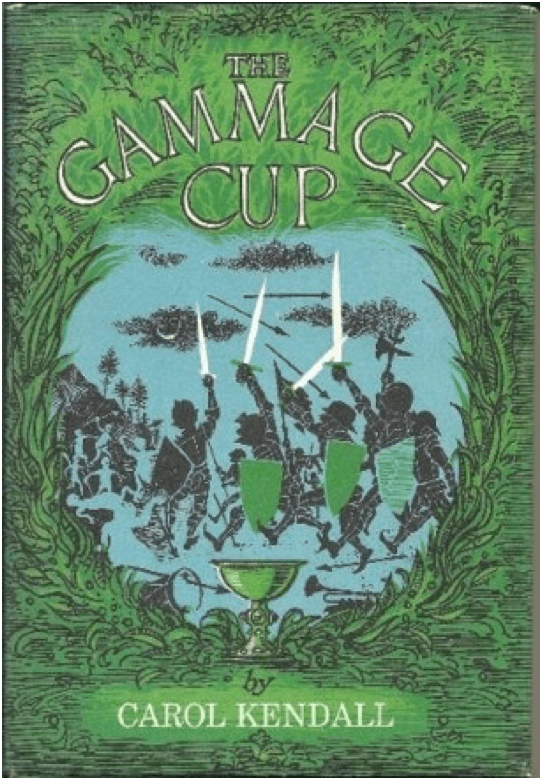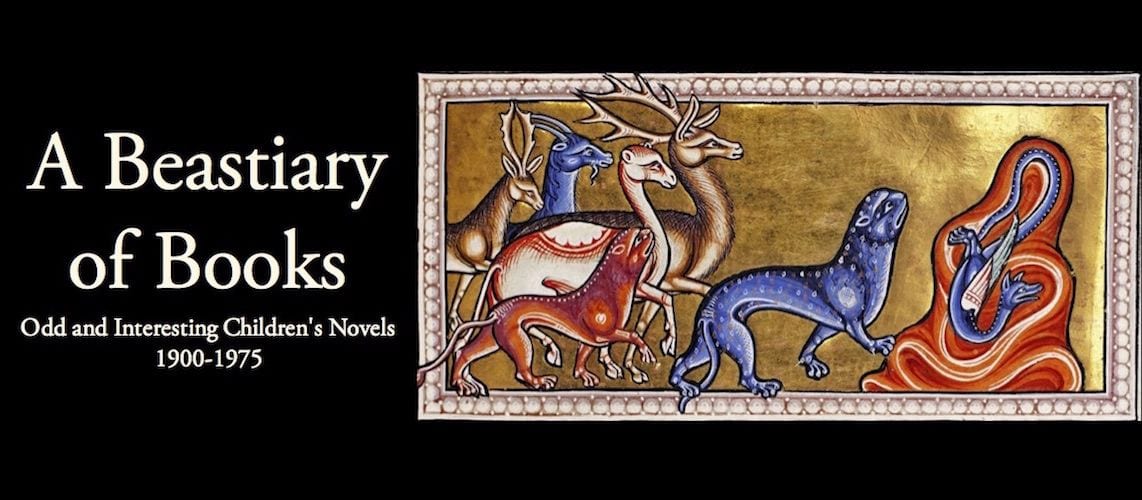 In the Land Between the Mountains, in the village of Slipper-on-the-Water, lives a diffident, unremarkable Minnipin named Muggles. She is caught between the conventional, order-loving majority, and the odd few who don’t fit in: Curley Green the artist who paints her front door scarlet; Gummy the poet who wears a yellow cloak and hat; and Walter the Earl, amature historian and archaeologist who is trying to up-end the Minnipins’ view of their past.
In the Land Between the Mountains, in the village of Slipper-on-the-Water, lives a diffident, unremarkable Minnipin named Muggles. She is caught between the conventional, order-loving majority, and the odd few who don’t fit in: Curley Green the artist who paints her front door scarlet; Gummy the poet who wears a yellow cloak and hat; and Walter the Earl, amature historian and archaeologist who is trying to up-end the Minnipins’ view of their past.
Muggles doesn’t like conflict, but she also knows that who she is inside isn’t quite the way a proper Minnipin ought to be. Her house is a cozy mess, she gets a little too creative when she bakes, and she has even, on occasion, been known to wear an orange sash.
This non-conformist group discovers evidence that their enclosed valley is at risk of attack from the outside. The village leaders, however, are too myopic to believe anything out of the ordinary can happen, and furthermore are far more concerned with winning the coveted Gammage Cup for being the “best” village in the land (which means everything must be just so). These two sources of tension come to a head when an interfering village leader sneaks out in the middle of the night and paints Curley Green’s scarlet door a proper Minnipin green. Muggles witnesses this, and in her crucial first act of bravery, paints her own door orange. By morning, multiple doors have been re-painted the “wrong” color. Soon there is all-out rebellion, and the outlaws leave the village to establish their own little settlement in the wilderness.
They are accompanied in their exile by Mingy, the moneykeeper, most stolid and least artistic Minnipin ever, but who knows good sense when he sees it:
“Me, I like green. Good sensible color. Doesn’t show dirt. Don’t have to wash it to pieces, waste soap and water. How would I like it if somebody came along and said I had to wear yellow now? Wouldn’t do it. Don’t know what color I am inside. Don’t think I’m green, though. Probably a good sensible brown. Doesn’t show the dirt. But whatever color it is, I’m not going to change it for all the judges in the Land Between the Mountains.”
All this takes place in the first two-thirds of the book. The last portion is, I’m sorry to report, unworthy of this beginning. The threat from the outside is a species of irredemably evil creature-people dubbed the “mushrooms.” There are swords that glow in the presence of enemies, a tunnel through the mountains, and an excessively long battle. Not only is all this highly derivative from The Hobbit, it is also needlessly vicious. The, peaceful, home-and-hearth Minnipins don’t just find courage when they need to defend themselves, they take active enjoyment in slaughtering the mushrooms and making them suffer. Unlike the battle scene in Carbonel the King of the Cats, for example, this one is integral to the plot and can’t just be lifted out. The best I can recommend is a lot of skipping to reduce the nastiness.
Fortunately, the ending returns to the earlier feeling of the book. The village leaders admit they have been high-handed and narrow-minded, and the nonconformists praise what is praiseworthy in the traditional Minnipin way of life. As all are celebrating their victory and their community with singing and dancing, the Gammage Cup committee arrives to inspect their village. When they see what is going on, they leave the Cup in the village square and quietly slip away.
